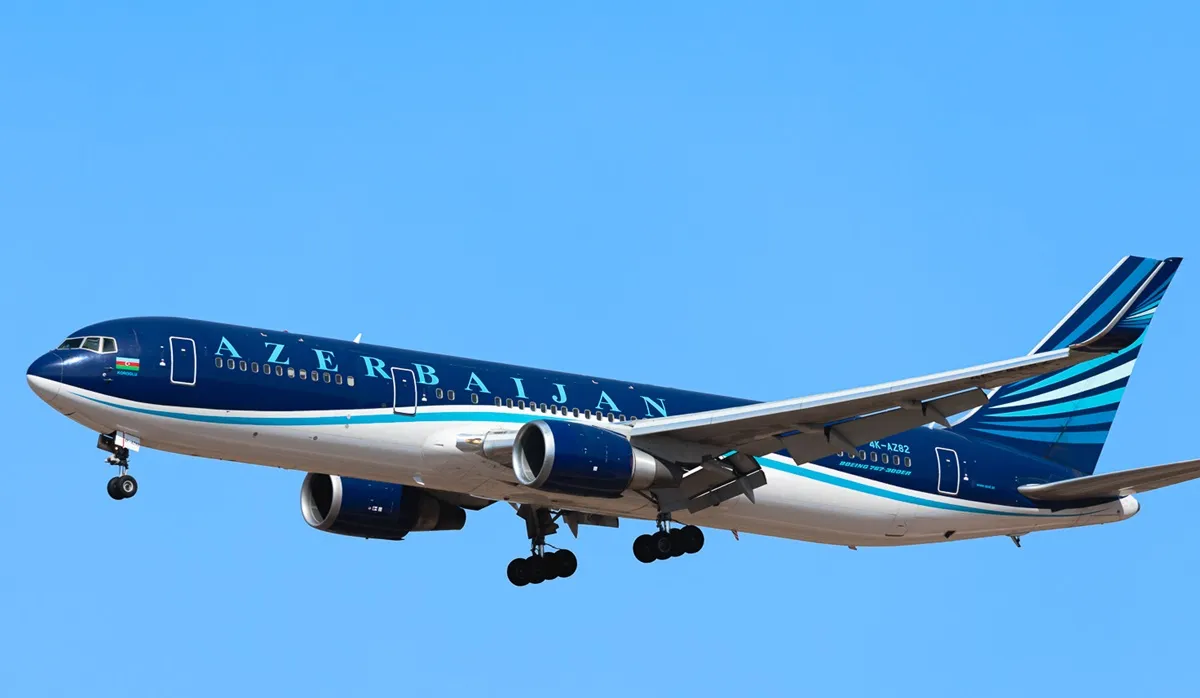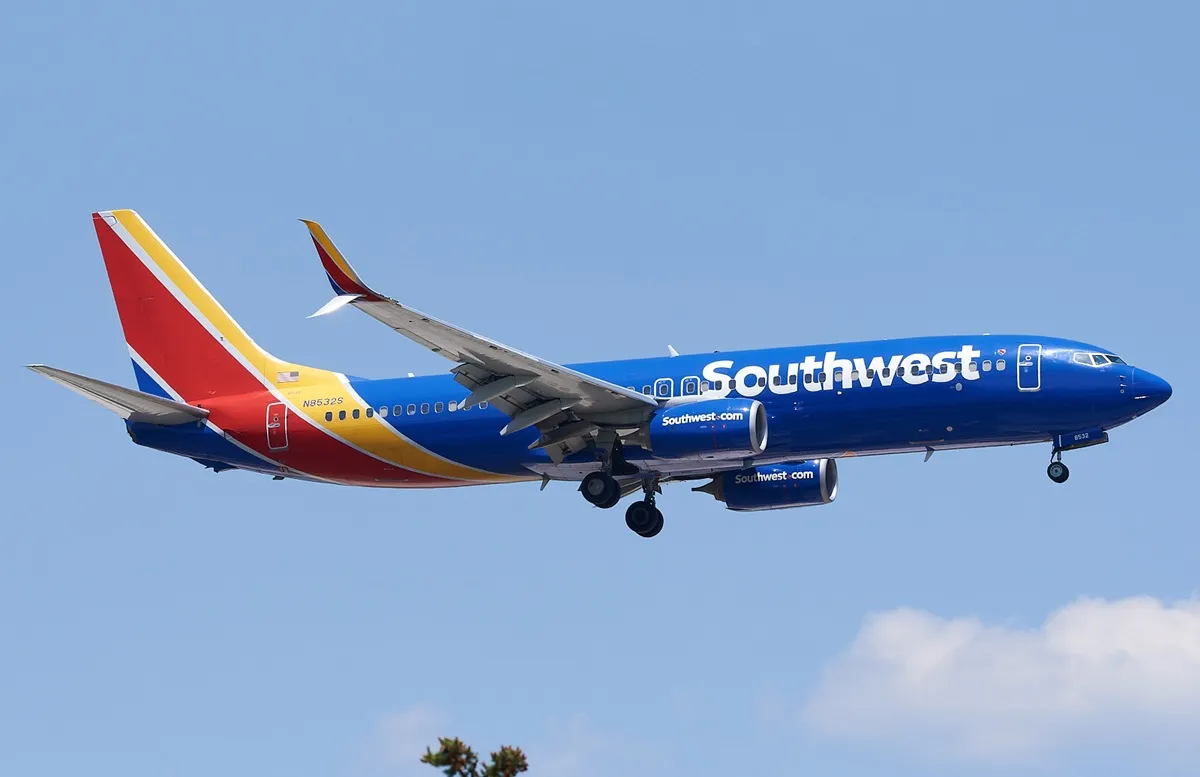
The Small Community Air Service Development Program (SCASDP) is a federal grant program by the Department of Transport designed to help "small communities address air service and airfare issues."
In 2023, the Department of Transportation awarded $14 million in grants to eligible communities. In 2024, around $12 million was awarded to 14 communities in the United States.
SCASDP is managed by the Associate Director, Small Community Air Service Development, under the Office of Aviation Analysis. The program involves revenue guarantees, start-up costs and studies, and financial assistance for marketing programs.
It aims to improve air carrier service to airports in the United States that do not receive sufficient air carrier service.
To be eligible, the airport in candidate communities (or consortia of communities) must be no larger than a primary small hub (based on the calendar year 1997).
The airport must also be deemed to have insufficient service, and the airfares should be unreasonably high.
The program is limited annually to a maximum of 40 grant awards and a maximum of four grants per state. There are no limits on the amounts of individual awards. Individual grant sizes have ranged from as low as $20,000 to as much as almost $1.6 million. As with all Federal funds, grantees must use the money in a timely manner.
For 2022, 20 grants were awarded to communities in 16 states. Most grants awarded were between $500,000 and $800,000, with the maximum being $1.2 million. For example, Ithaca, New York was awarded $750,000 for revenue guarantee and marketing to initiate and support new service to a Washington DC-area airport or a similar southern hub. United Airlines provided a letter of support for the project.

The SCASDP and the Essential Air Service (EAS) are separate programs. The SCASDP's eligibility criteria are broader and "provide a grand applicant the opportunity to self-identify its air service deficiencies and propose an appropriate solution." The EAS, on the other hand, is a direct subsidy to air carriers.
"The Essential Air Service (EAS) program was put into place to guarantee that small communities that were served by certificated air carriers before airline deregulation maintain a minimal level of scheduled air service." US DoT
EAS traces back to the Airline Deregulation Act of 1978 (which gave airlines almost total freedom to determine which markets to service domestically and what fares they would charge.
The EAS works by generally subsidizing two round trips a day with 30- to 50-seat aircraft (or additional frequencies with aircraft with a 9-seat or fewer).
Airline deregulation proved a boon for affordable flying for everyone everywhere in the world. However, deregulation's casualties were more than some remote communities - it eventually claimed Pa Am itself.
These are usually large or medium hub airports. As expected, there is a heavy emphasis on Alaska, where carriers are subsidized to serve around 60 communities in Alaska (and 115 communities in the lower 48).



